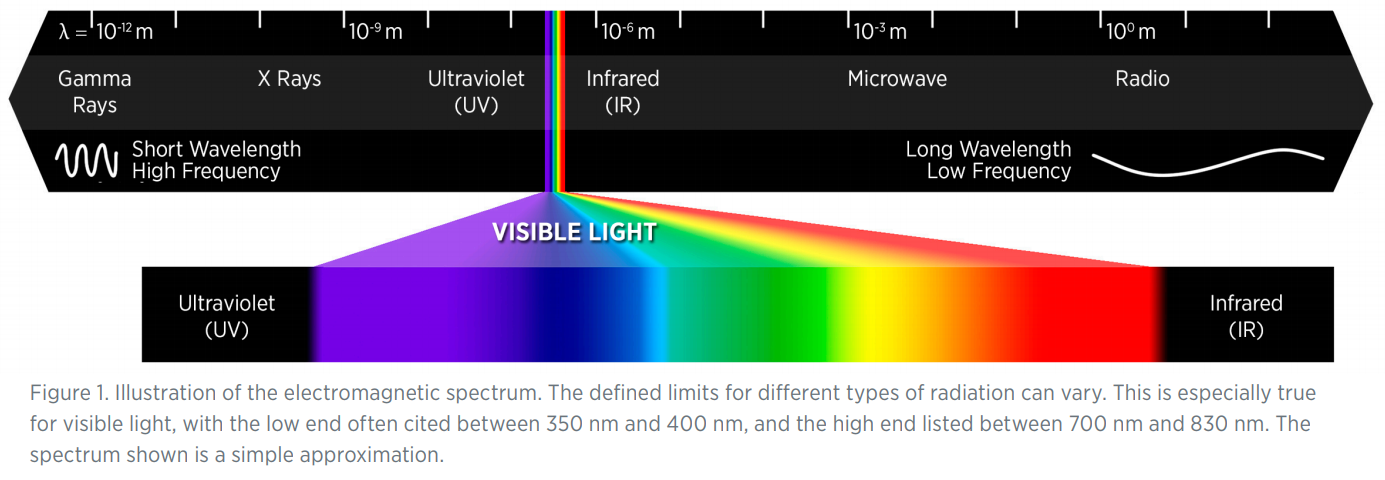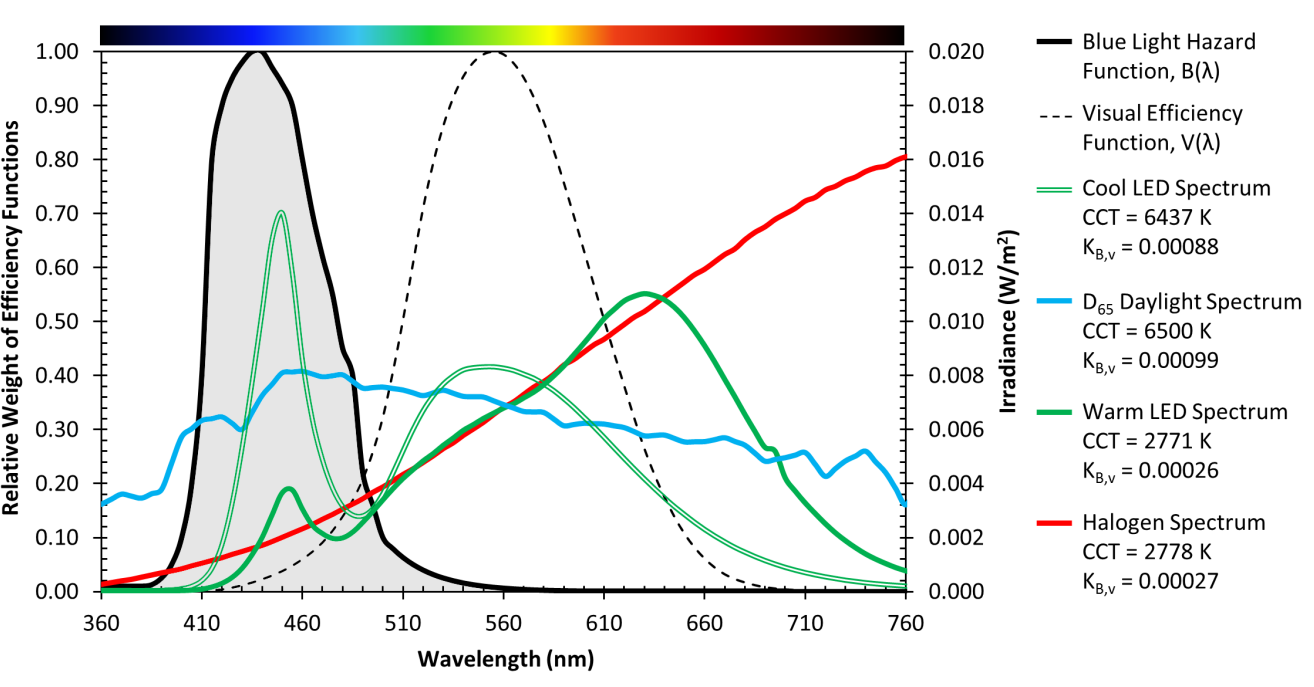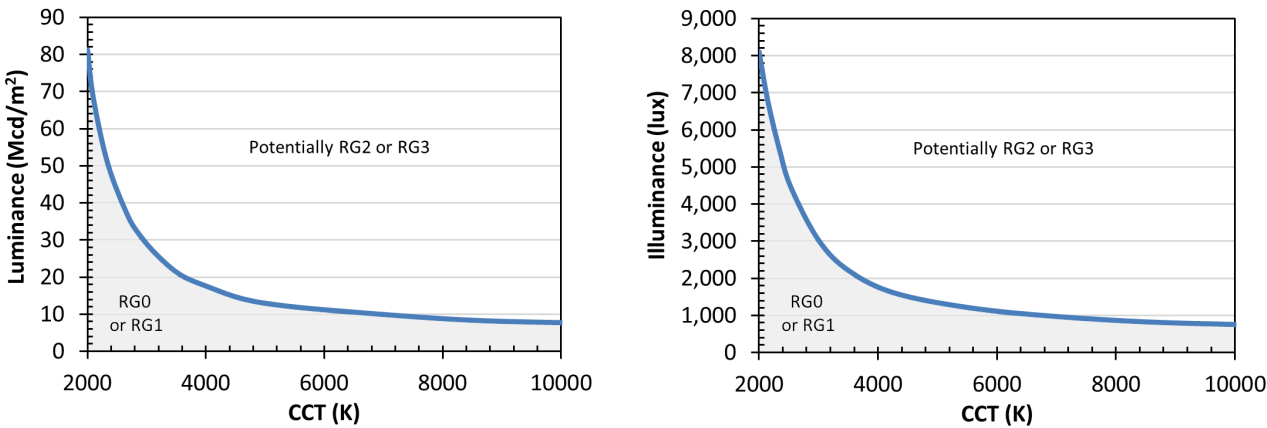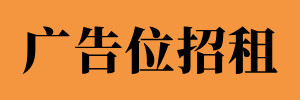|
|
《LED盘备注: PDF文档已经上传到LED盘会员QQ群1511153里面供下载!》
Optical Safety of LEDs The safety of LED lighting with regard to human health has occasionally been the subject of scrutiny. One such concern is photoretinitis—photochemical damage to the retina—which can result from too much exposure to violet and blue light. This is known as blue light hazard. The risk of blue light hazard is sometimes associated with LEDs, even though LEDs that emit white light do not contain significantly more blue than any other source at the same color temperature. According to current international standards, no light source that emits white light and is used in general lighting applications is considered hazardous to the retina for healthy adults. That said, the optical safety of specialty lamps or colored sources must be considered on a case-by-case basis, and light sources used around susceptible populations, such as infants or adults with certain types of eye disease, require additional evaluation.
The Effects of Optical Radiation
Light is a physical (and psychological) stimulus that has many effects on the human body. Besides enabling vision, light entrains our circadian rhythms—body processes such as our sleep/wake cycle, appetite, body temperature fluctuations, and more. Visible light is just one portion of the electromagnetic spectrum. It is sandwiched between ultraviolet (UV) and infrared (IR) radiation, which have shorter and longer wavelengths, respectively (see Figure 1). Collectively, this radiant energy is referred to as optical radiation, with wavelengths ranging from 200 to 3,000 nm. The complete electromagnetic spectrum also includes radio waves, X-rays, gamma rays, and microwaves, among other types of radiant energy.
Optical radiation falls on the skin and eyes, where the energy is transformed via photochemical processes or thermal reactions. While this sensory interaction is an essential part of human perception, too much radiant energy can damage tissue. Shorter wavelengths (UV) can cause sunburn, or may even have effects at a cellular/DNA level. Longer wavelengths (IR) are perceived as heat; again, too much can lead to discomfort or injury. Among the six defined optical radiation hazards,1 the only one that is practically applicable to LEDs is blue light hazard; by design, LEDs used for lighting do not emit UV or IR radiation. For more information on current standards, see page 2.
Regardless of the source type, the blue component cannot be removed from white light that is appropriate for interior environments. Besides being necessary for proper visual appearance and color rendering, blue light is essential for nonvisual photoreception, such as regulating our circadian rhythms.
The amount of blue light in typical architectural lighting products is not hazardous. Even when the light intensity gets uncomfortably high, the risk is mitigated by natural defense mechanisms, including aversion response (blinking, head movement, and pupil constriction) and continuous eye movement (saccades), which protect the retina from overexposure. Without these, the sun could damage our eyes.
The radiation to which our eyes and skin are exposed can cause both acute and long-term effects. The acute effect of blue light exposure (i.e., blue light hazard) is the focus of this fact sheet.
1 Current standards cover six types of hazard: Actinic UV, Near UV, Retinal Thermal, Blue Light, Cornea/Lens IR, and Low Luminance Retinal IR.

Figure 1. Illustration of the electromagnetic spectrum. The defined limits for different types of radiation can vary. This is especially true for visible light, with the low end often cited between 350 nm and 400 nm, and the high end listed between 700 nm and 830 nm. The spectrum shown is a simple approximation.
Current Standards for Photobiological Safety
Optical safety is addressed by international guidelines and standards including:
• CIE S009-2002: Photobiological Safety of Lamps and Lamp Systems
• ANSI/IES RP27: Recommended Practice for Photobiological Safety for Lamps and Lamp Systems
• IEC/EN 62471: Photobiological Safety of Lamps and Luminaires. Supporting guidance is provided in IEC/TR 62471-2 (2009) andIEC/TR 62778 (2012).
These three documents provide harmonized definitions of optical radiation hazards, exposure limits, proper measurement techniques, and a risk classification system. IEC 62471 was officially adopted by the European Union as EN 62471 in 2008; thus, all new products with a Conformité Européenne (CE) label must indicate potential optical hazards with appropriate labels, if applicable. Labeling is currently voluntary in most other countries, including the United States.
Characterizing Blue Light Hazard: Risk Groups
The primary factors affecting the blue light hazard damage potential of a light source are the quantity and spectrum of radiation incident on a given area of the retina, as well as the size of the source and duration of exposure. Given these factors, the standard documents establish exposure limit risk groups (RGs) based on recommendations from the American Conference of Governmental Industrial Hygienists (ACGIH) and the International Commission on Non-Ionizing Radiation Protection (ICNIRP). Four risk groups are used to categorize exposure based on human characteristics:
The exempt group, RG0, is established on the principle that the lamp poses no photobiological hazard, with maximum exposure
times greater than 10,000 seconds (about 2.8 hours). There are no labeling requirements.
• The RG1 classification is based on behavioral limitations to exposure—that is, humans don’t typically stare at lights for long periods of time. The maximum exposure times are between 100 and 10,000 seconds. There are no labeling requirements.
• The RG2 classification is for maximum exposure times between 0.25 seconds and 100 seconds. Optical radiation at this level is not dangerous due to humans’ natural aversion response. Nonetheless, to meet relevant standards, products in this group must include a label that states, “CAUTION. Do not stare at exposed lamp in operation. May be harmful to the eyes.”
• Lamps classified as RG3 may pose a risk with even momentary exposure (< 0.25 seconds). To meet the standard, they are required to include a label that states, “WARNING. Do not look at exposed lamp in operation. Eye injury can result.” A blue light hazard classification of RG3 for white light sources is very unlikely, requiring a luminance above 4 Gcd/m2 and an illuminance greater than 400,000 lux.
Assessment Criteria
There are two methods for establishing the distance at which risk evaluation and classification occurs. The baseline method uses a worstcase 0.2 m (about 8 inches) viewing distance, corresponding to the minimum distance at which an image can be focused on the retina. Alternatively, for products intended for general lighting service (GLS)1 the value can be equal to the distance at which the light source produces 500 lux, assuming it is not less than 0.2 m. This divergent methodology has led to some confusion, with the 500-lux criterion being criticized as not representing some scenarios appropriately. No white light source would be considered hazardous under the 500- lux criterion (see Figure 4).
In either case, spatially averaged B(l)-weighted2 radiance is calculated based on an assumed field of view that varies based on risk
group. An alternative irradiance procedure is also prescribed. Importantly, classifications for individual LEDs can be applied to the lamp
or luminaire in which they are subsequently used—the risk group for the final product may be lower, but can never be higher. Further
descriptions of the assessment criteria and their effect on classifications can be found in the relevant standards documents or supporting
guidance documents.
1 GLS products include lamps and luminaires used in buildings and exterior areas/roadways. Not included are specialty lamps such as those used in projectors.
2 The blue light hazard function, B(l), is applied to a spectral power distribution to weight the damage potential of the different wavelengths (see Figure 2).
Is all blue light the same?
Light at any given wavelength is the same regardless of what it was emitted from (or reflected off); that is, there is no physical difference in the stimulus, or the resulting visual and nonvisual effects whether the light is from an LED lamp, incandescent lamp, CFL, or any other source. At the same time, visible light is a continuous spectrum of wavelengths. “Blue light” is a simplified term generally referring to the range of radiant energy between violet and cyan, having wavelengths of approximately 400–500 nm.
Most sources emit light over a range of wavelengths—including blue—rather than any one specifically. Additionally, our visual system is based on photoreceptors with broad response ranges that integrate spectral information. Hazardous radiation is similarly defined using functions that account for the variable effects across different wavelengths. For example, the blue light hazard weighting function extends from approximately 380–540 nm, with a peak at 435–440 nm (Figure 2). Accordingly, it is important to consider the effects of energy over a range of wavelengths, rather than any local peak.
What we consider “white light” can be made up of many different combinations of wavelengths, and have many different tints. It is also possible that two light sources that look identical to a human observer are comprised of different spectral content—this is known as metamerism. Importantly, there is a basic balance of long- and short-wavelength energy that must occur for a source to appear a certain shade of white, referred to as color temperature, although the specific spectral content may be somewhat different
Do LEDs emit more blue light?
Often, investigations into the effect of short-wavelength radiation—be it on humans or artwork—suggest that LEDs are dangerous because they emit more blue light than other sources like incandescent bulbs or CFLs. While it is true that most LED products that emit white light include a blue LED pump,2 the proportion of blue light in the spectrum is not significantly higher for LEDs than it is for any other light source at the same correlated color temperature (CCT), as shown in Figures 2 and 3.3 This is exemplified by comparing the blue light hazard efficacy (KB,v)—the blue light hazard potential per lumen—of sources with similar CCTs. Other calculations could be performed using a different measure of blue content, and as long as the weighting function is appropriately broad, the results will be similar. LEDs may emit more energy at a given wavelength, but it is important to remember that all visual and nonvisual phenomena are based on responses to a range of radiant energy, rather than a single wavelength.
2 The predominant method used for creating white light with LEDs is to use a blue LED and convert a portion of the emission to longer wavelengths using phosphors. This same approach is used with fluorescent lighting, although the initial emission is in the UV, instead of blue.
3 This is mathematically predictable because the blue light hazard function B(l) is very similar to the z(l) color matching function that is used to calculate chromaticity coordinates and subsequently CCT


Figure 2. Four spectral power distributions equalized at 500 lumens and the blue light hazard and visual efficiency functions. The two cool white sources (Cool LED and D65) and the two warm white sources (Warm LED and Halogen) have comparable areas under the B(l) curve.
Figure 3. Regardless of source type, there is a strong linear correlation between blue light hazard efficacy (KB,v) and CCT. The points with black circles correspond to the four spectral power distributions shown in Figure 2.

Figure 4. Calculated threshold conditions for white light source classification as RG2 or higher, which requires a label (see page 2). The curves use CCT to approximate the boundary. Products near the threshold should be properly evaluated. A product must be above the boundary for both the luminance and illuminance conditions to be classifed as RG2 or higher. Source: IEC TR 62778
The misconception that LEDs emit more blue light may have several contributing factors. The blue pump results in a visible “spike” in the spectral power distribution at short wavelengths, a feature that is especially noticeable at high CCTs, which were common in the earliest LED products. At lower CCTs, the spike may be barely noticeable at all. Although most LED products sold today have CCTs that are similar to their counterpart products—2700 K or 3000 K for screw-base lamps, 3500 K or 4000 K for fluorescent-replacement products—it is possible to create LED products with a wide variety of spectral power distributions. This is in contrast to standard incandescent lamps, which are essentially all the same.
How much light is a concern?
Given that CCT is highly predictive of blue light content, it is possible to use photobiological safety standards to determine a threshold for hazard based on CCT.4 Figure 4 shows the calculated threshold between Risk Group 1 and Risk Group 2 based on luminance (left) and illuminance (right). Importantly, a product must exceed the threshold for both the luminance and illuminance conditions to be considered hazardous. The hazard from Risk Group 2, which can include the sun, is mitigated by humans’ natural aversion response, so injury is unlikely.
What situations are concerns?
Given the threshold criteria shown in Figure 4, it is easy to conclude that white-light architectural lighting products do not pose a risk for blue light hazard, based on the 500-lux evaluation criterion prescribed by photobiological safety standards. Even under more strict evaluation criteria, it is unlikely that a white light source could achieve classification above Risk Group 1. However, that does not mean that the safety of all light sources is guaranteed. Several situations require further attention, including:
• Non-white light sources (e.g., blue LEDs).
• Applications where infants could be in close proximity to bright light sources, since they have not yet developed aversion responses.
• Applications where those suffering from lupus or eye disease may be exposed to high light levels.
• Applications where intentional exposure to bright light is expected, or viewing conditions may be outside the norm.
While these scenarios may require additional investigation, they are not necessarily hazardous.
Conclusions
LED products are no more hazardous than other lighting technologies that have the same CCT. Furthermore, white-light products used in general lighting service applications are not considered a risk for blue light hazard according to current international standards. Sensitive individuals may have additional concerns, and colored light sources—which may be classified as Risk Group 2 or higher and require a label to meet accepted standards—should be evaluated on a case-by-case basis.
4 Using CCT alone provides an estimate that is accurate within ±15%. For products near the threshold, specific hazard testing should be performed in accordance with the applicable standard. |
|
 |LED盘
( 粤ICP备18067418号 )
|LED盘
( 粤ICP备18067418号 )
 <
<




















 发表于 2019-12-8 21:46:38
发表于 2019-12-8 21:46:38



